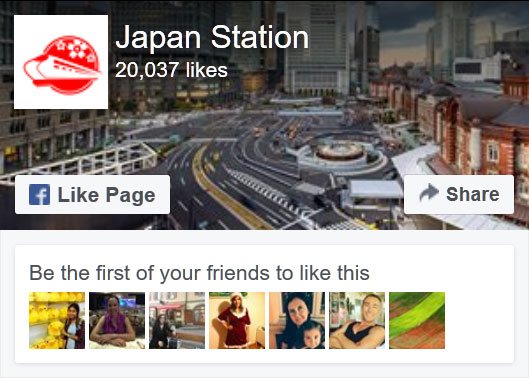Hozenji Temple is a small but quaint temple in the warren of streets that lie between the bright neon signs of Dotonbori and the shopping malls of Namba. Stepping through the temple gate is very much like stepping out of the modern world and into the past. Particularly in the evening when the lanterns are lit Hozenji has a very special, peaceful, and magical atmosphere.

The entrance to Hozenji Temple is tucked away on a street running south from Dotonbori
The temple was established here in 1637 and originally covered a much larger area. Many stalls and teahouses were set up around the temple to sell food and refreshments to pilgrims who visited the temple and this eventually grew into a popular area for food and entertainment. During World War II this entire area including the temple was completely destroyed in a bombing raid. However, one temple statue survived and it has now become a famous symbol of this district. The statue was of Fudo Myo-o, a Buddhist spirit that represents discipline and firm moral character. Usually, the Fudo spirit is shown with a very fierce and angry face, however, this statue appears much gentler because it is completely covered in lush green moss.

Mizukake-Fudo
There is a story that about 80 years ago a lady made a wish here by throwing water over the statue. Because the wish came true, now everybody does it! As a result the statue is now covered in moss and is nicknamed “Mizukake-Fudo” or “Splashing water Fudo,” so when you visit be sure to make a wish and keep that moss well-watered!

Many local residents, office workers, and restaurant cooks come here to pay their respects to Mizukake-Fudo
Hozenji Yokocho
Hozenji Yokocho is a tiny atmospheric street on the north side of Hozenji Temple. Actually, the name Hozenji Yokocho literally means “street beside Hozenji”.

This sign marks the west entrance to Hozenji Yokocho. The calligraphy was painted by a popular local actor called Kanbi Fujiyama
This celebrated stone flagged alleyway comes alive at night when the lights come on in around 60 bars, cafes, and friendly eateries. The old fashioned buildings and swinging lanterns really make you feel like you have traveled back in time to Japan a hundred years ago. This is also one of the best places in Osaka to eat really great local cuisine. Here you can find teppanyaki grills, okonomiyaki savory pancakes, kushiage kebabs, and katsudon pork cutlets on rice. The best way to choose where to eat is simply to pick one that looks nice and dive in. This alleyway is also a famous site of pilgrimage for young cooks who come here for rigorous training in Japanese cuisine.

Hozenji Yokocho was made famous by the 1940 novel “Meoto Zenzai” by Sakunosuke Oda

The sign at the east end of the alleyway was painted by the Osaka actor Harudanji Katsura III
Access
Hozenji Temple is a 4 minute walk from Namba Subway Station and 6 minutes from Nippombashi Subway Station.
Article and original photos by Michael Lambe. All rights reserved.
